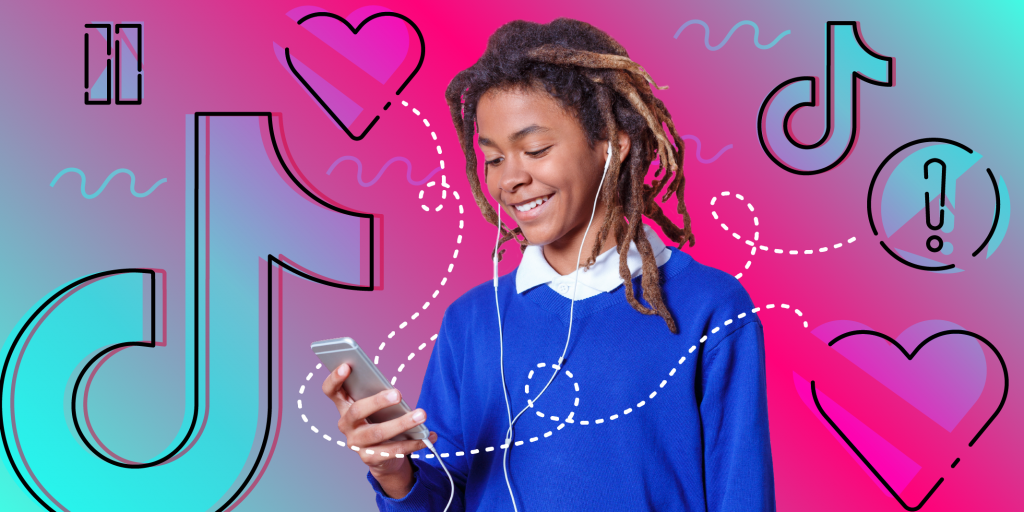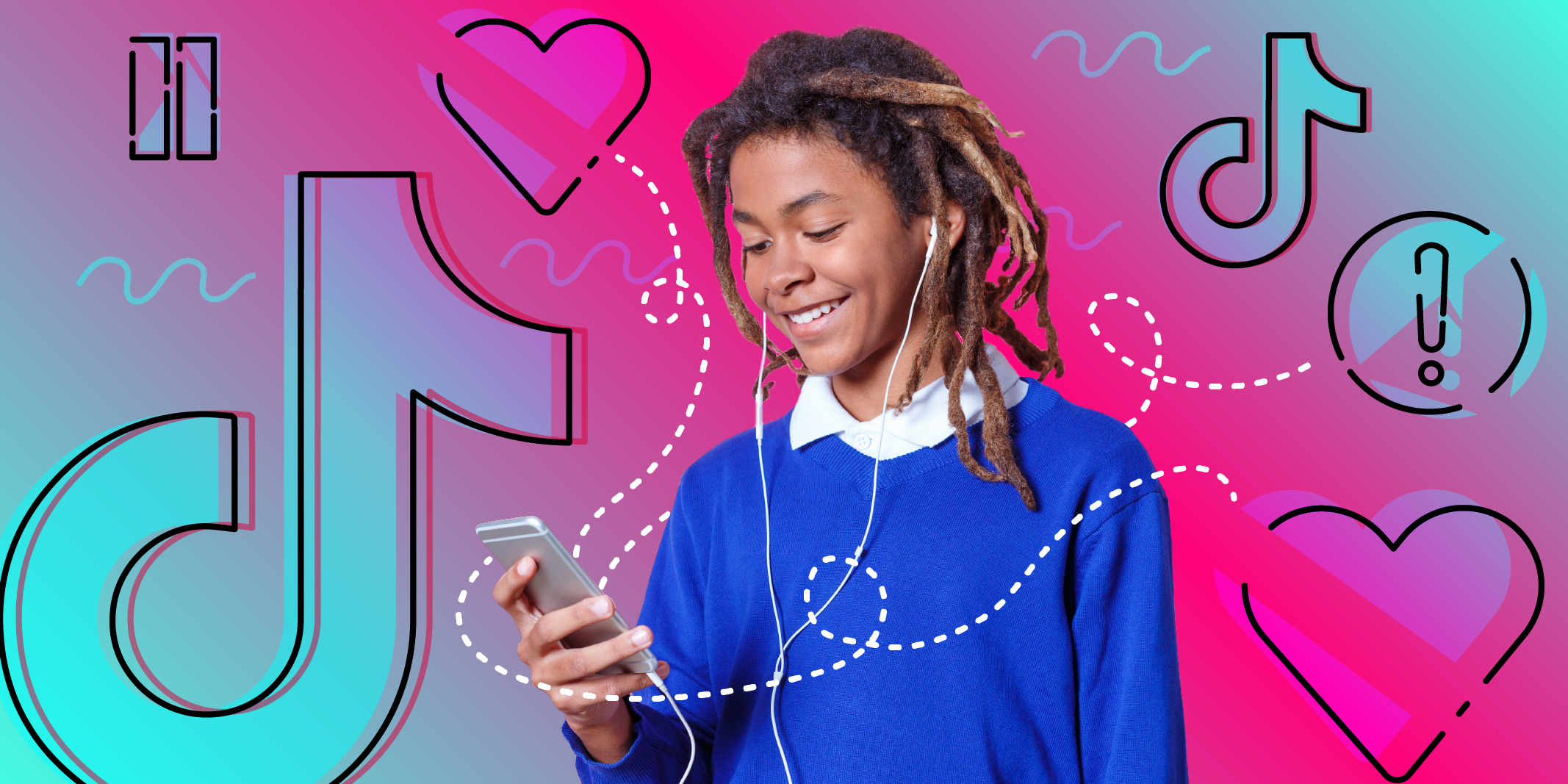
Discussion: TikToks, Instagrams, Telegrams, etc., as well as liking, rating, reviewing, recommending, etc., are all aspects of Micro-Expression, and are the basic currency of digital presence and identity. There isn’t a single dimension of such presence and identity that aren’t subject to AI enhancement and exploitation, so even the tiniest engagement has implications.
523 Inspiration: Humanity has long been expert with tiny social communications such as sounds, words, gestures, looks, etc, but these have always been fleeting – quickly lost in time. We have therefore educated our youth to build their presence and value in the world through more durable forms of expression such as poems, essays, books and (more recently) media presentations. Yet every tweet now has durability as part of a broader spectrum of presence management. Mobility is the medium for Micro-Expression – do you have a strategy?

The term micro-expression is new to me, but I find it a compelling way to reframe how we think about social media. Often, anything related to platforms like Instagram or TikTok is treated as dangerous or toxic for teenagers, with so much emphasis on negative effects. However, viewing even small digital actions as forms of expression opens up a positive approach for education. For example, I have used social media as a storytelling tool with my Grade 10 English class, and I can see how helping students recognize micro-expressions could deepen their awareness of how they build identity and communicate online.
This aspect is particularly interesting to me because of the negative mental health connotations associated with it and how it might play a role in the classroom. For instance, consider how YouTube removed the dislike button from its videos. With the rampant social influencers that have become more and more dramatic (i.e., TikTok trends) and their growing impact on the youth (i.e., TikTok punch a teacher trend), the ability to gain ‘likes’ and the toll of not getting any would have to be carefully controlled in the classroom. Teachers will have to carefully set up the parameters of their classroom to have healthy dialogue with their students as a community. As well, teachers will have to set it up in such a way that popularity contests/ playing favourites will not happen.
When considering my own teaching, I think this might be a helpful tool in getting feedback from students. For instance, getting a ‘like’ from a student about an assignment/ a part of an assignment might be useful in guiding the direction of the course.
The term “microexpression” caught my attention as it is a concept that is so prevalent in our daily lives that I hadn’t personally defined. I had never considered the quick act of liking a comment or leaving an anonymous rating as contributing to anyone’s digital presence. I was especially intrigued by the use of the word “currency” and its cold implications to the interactions we have with one another online. From an educator’s lens, I wonder how this concept can be taught and used effectively in a classroom setting.
This was another frontier that struck me: micro-expression. In the online world, users rely on “likes,” “hearts,” and “reviews” to communicate with other learners.
However, unlike the classroom, where we are in a more controlled environment, most online micro-expressions such as “likes” and “reviews” lack clear definitions and are often missing important context.
Another factor to consider is that, unlike face-to-face interactions, these online micro-expressions are permanent, even though users may change their minds over time. For example, digital badging was seen as an innovative and exciting idea in higher education around 2019, but it has since evolved into micro-credentials and is no longer as relevant in its original form.
One strategy I try to follow is to provide context whenever possible in my own micro-expressions. For instance, when I write a review, I explain it from the perspective of someone working at a teaching and learning center.
Disclaimer:
Although the ideas are my own, I used ChatGPT-5 to improve sentence structure, grammar, and flow. I proofread the output after incorporating ChatGPT. In addition, I have also use ChatGPT-5 to try to understand and analyze the prompt of the fronterior.